SUMMARY
This is AI generated summarization, which may have errors. For context, always refer to the full article.
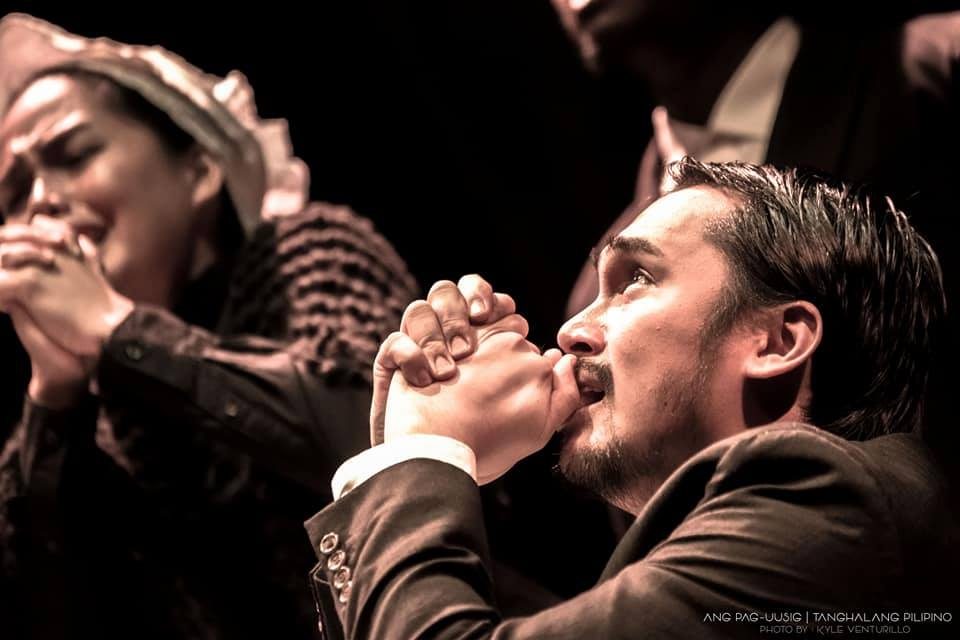
The ongoing systematic nationwide murder campaign is in your face. There’s no avoiding it. Not in the streets where bodies are found wrapped in tape. Not on social media where hearsay allegations are enough to warrant an execution by extrajudicial killing. Not after over 7,000 people killed since the Duterte regime waged its war on drugs. The Filipino artist who fails to tackle the unavoidable subject of extrajudicial killings willfully ignores it with great effort to the point of contrivance. Such a blatant sin of omission is nothing less than dishonesty.
The proposed barangay drop boxes that would allow nameless collaborators and informants to link anyone to drugs, and the newly-formed Citizen National Guard point to an ongoing witch-hunt in the Philippines, just like what Salem, Massachusetts, experienced in 1692 when 19 women were hanged on charges of witchcraft. It was the same in Cold War America in 1953, when legendary playwright Arther Miller authored The Crucible, a theatrical allegory for the “Red Scare” that triggered the creation of the Committee on Un-American Activities. That body, which accused many great artists and thinkers of being communist spies of the Soviet Union, convicted Miller himself for failing to identify his alleged fellow communists.
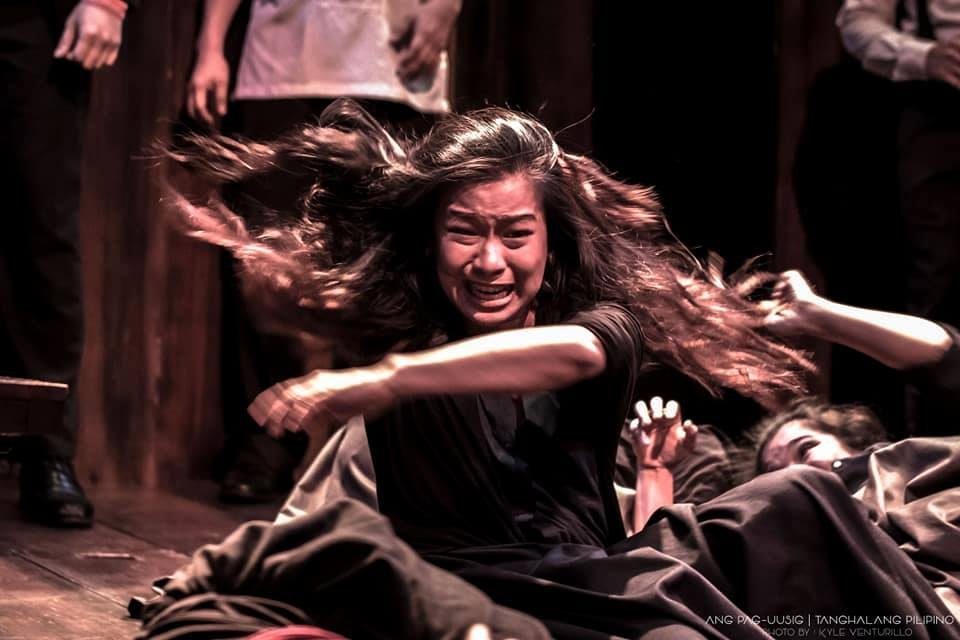
In this era of witch-hunts, Tanghalang Pilipino has dutifully translated Arther Miller’s The Crucible for the Filipino in the time extrajudicial killings as Ang Pag-Uusig, a riveting play that performs at the Tanghalang Huseng Batute (Studio Theater) of the Cultural Center of the Philippines until October 22.
Ang Pag-Uusig – Filipino for persecution – is a timeless tale of mass hysteria, paranoia, manipulation, false victimhood, and hearsay accusations, based on the historical events of the Salem witch-hunt from February 1692 to May 1693 that witnessed the executions of 20 people, 14 of whom were women, and the death of 5 others including two infants who died in prison.
The play begins with Betty Parris, a pastor’s daughter, in bed, unable to wake up for several days after dancing in the forest naked with other girls and their African American slave. She wakes only to be warned by Abigail Williams not to reveal that she had drunk blood to cast a death spell on Goody Proctor, the wife of John Proctor. Abigail wants John all to herself.
Then Betty wakes yet again to confess to witchcraft, implicating others in the community, notably her father’s opponents. Her friend Mary Warren, who works for the Proctors, plants evidence – a puppet later revealed to be a voodoo doll with a needle inside, to incriminate Goody for witchcraft, a crime punishable by death in puritanical colonial America. John, who finds the pastor disagreeable, is himself accused and is threatened with hanging. As with all allegations of witchcraft at the time, both crime and the evidence are metaphysical and insubstantial. The burden of proof falls upon the accused, and the only way to avoid death is to admit guilt and name others, further perpetuating the hysteria. Though John admits to his affair with Betty, he did not deigns to falsely implicate others to save himself.
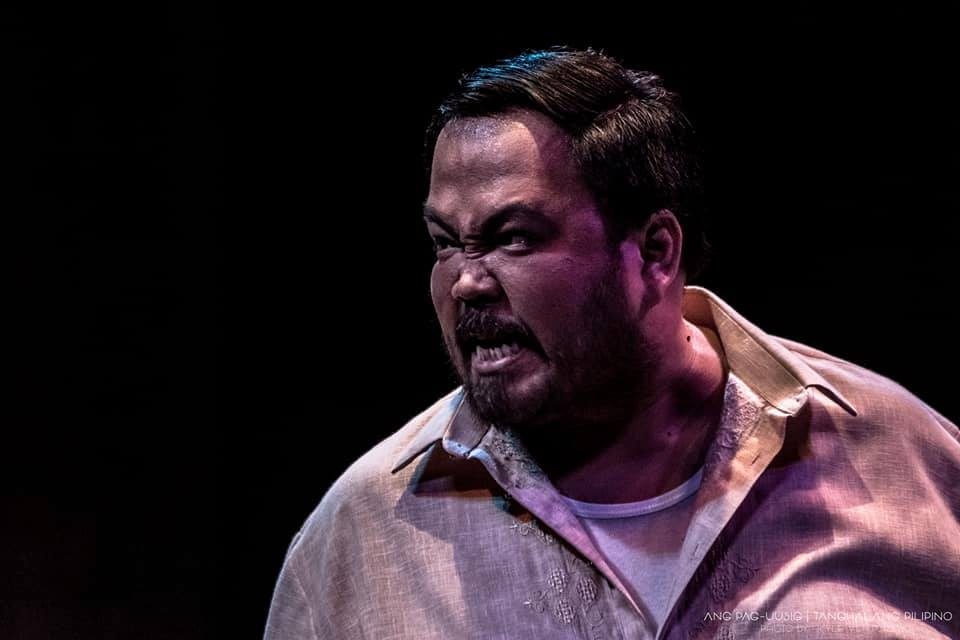
Forged in flame
Ang Pag-Uusig‘s artistic team is comprised of director and lighting designer Dennis Marasigan, translator Jerry Respeto, set designer Ohm David, costume designer James Reyes, sound designer TJ Ramos, assistant sound designer Keziah Nino, assistant sound designer Isa Baltazar, and technical director Jo Ann Requiestas.
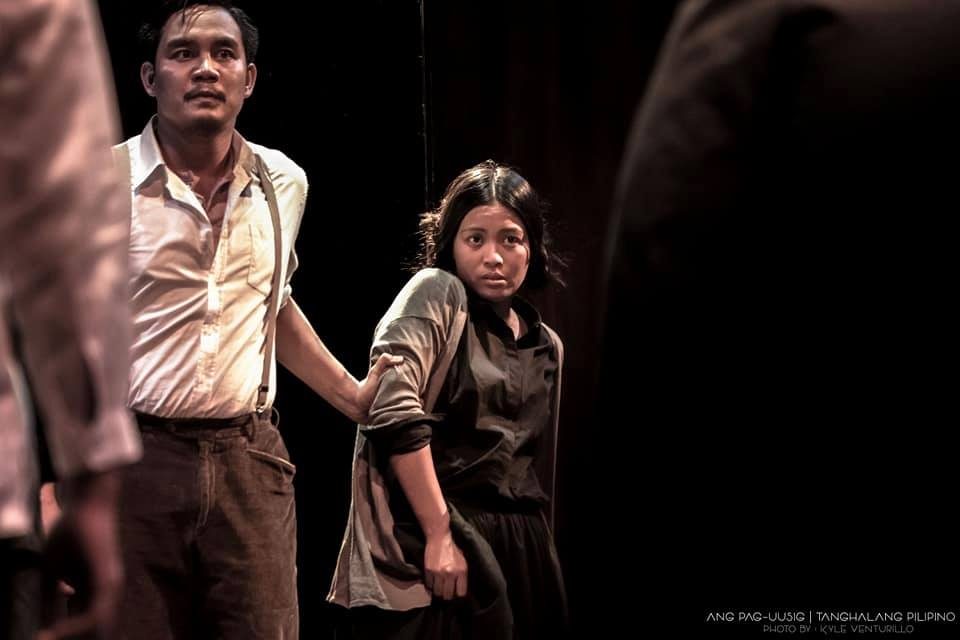
The cast include Jan Vincent Ibesate as John Proctor, Antonette Go as Abigail Williams, Rhodora Dayao as Elizabeth Proctor and Tituba, Lhorvie Ann Nuevo as Mary Warren and Rebecca Nurse, Marco Viaña as Reverend Parris, Blanche Buhia as Betty Parris, Jonathan Tadioan as Deputy Governor Danforth, Joshua Tayco as Reverend John Hale, Silvester Bagadiong as Thomas Putnam, Aldo Glenn Vencilao as Giles Corey, Erick Sindol as Ezekiel Cheever, Daniel Gregorio as Judge Hathorne, Eunice Pacia as Mercy Lewis, and Monique Nellas as Susana Walcott and Mrs Ann Putnam.
The cast are more than just puppets moved by the playwright’s hands. “I had agreed with Nanding Josef, Artistic Director ng Tanghalang Pilipino, that the cast would be made up of members of the Actors Company and we would use devised theater as a process for the production.”
Devised theater, also called collaborative creation, allows the performers to involve themselves in the creation of the script, most often through improvisation.
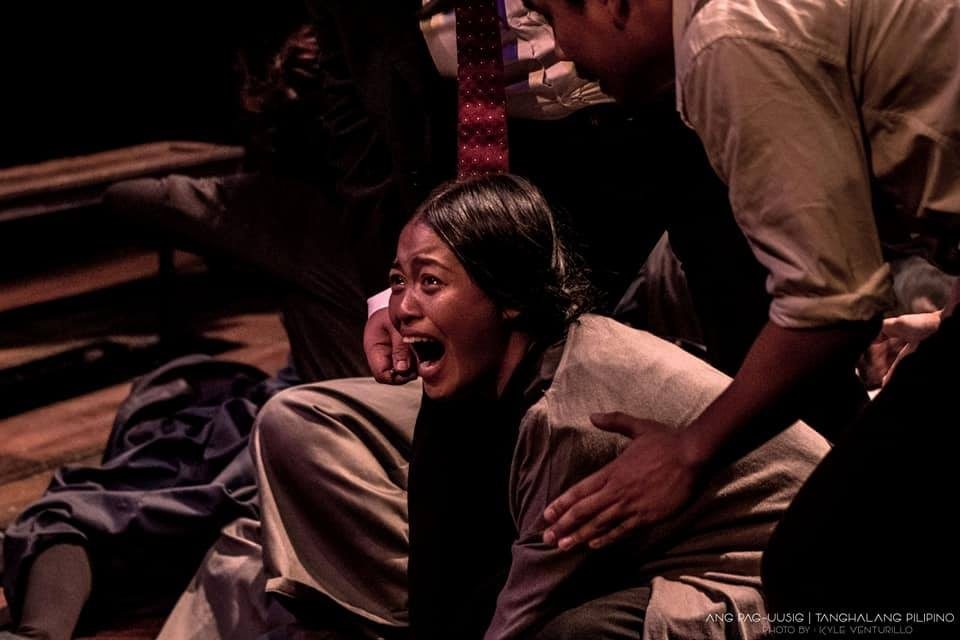
The result is an intense and potent retelling tailored to the intimate confines of the Tanghalang Huseng Batute that first adheres faithfully to the period piece and then gradually morphs into visual idioms that modern day Filipinos can identify.
The play begins in the puritanical of colonial America, but in the latter half, the governor wears a barong Tagalog and the prosecution is in fascist red. The play ends with a clever stage design that reveals not only men hanging like strange fruit from a tree but also the victim,whose head is wrapped in packaging tape much like some of today’s drug war victims. Even the entrance to the Tanghalang Huseng Batute is plastered with newspaper headlines decrying the murder of victim after victim of extrajudicial killings.
The Tanghalang Pilipino Actors Company delivers a stellar performance. Shining brightest are Jan Vincent Ibesate as John Proctor, Antonette Go as Abigail Williams, Rhodora Dayao as Elizabeth Proctor, and Jonathan Tadioan as Deputy Governor Danforth with their powerful and empathic performances. On their shoulders rest squarely the task of propelling audiences back and forth in time.
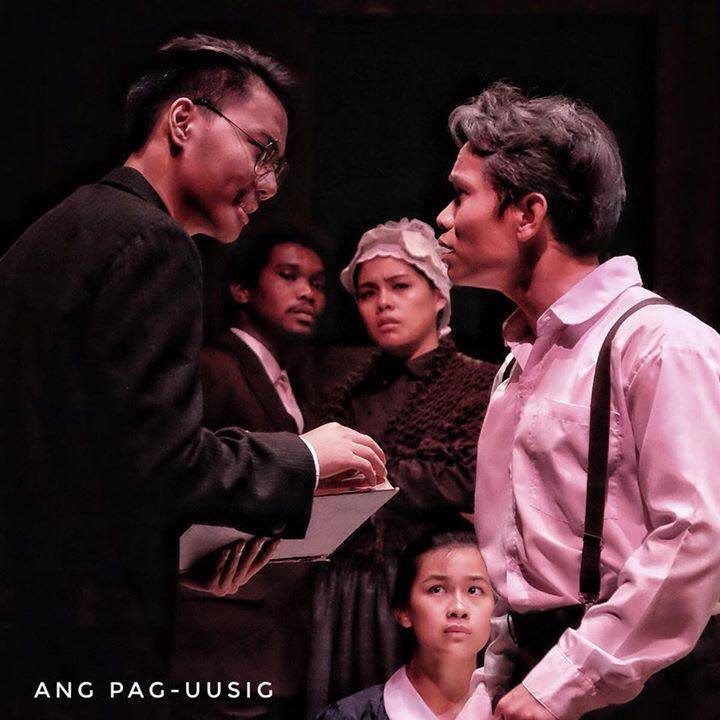
Because of these fine actors, audiences care for what happens next to those unjustly sentenced to death by hanging. Despite the absurdity of the imaginary crimes, audiences are invested in the play, believe, and feel.
Dennis Marasigan’s lighting and direction are superb, drawing the eyes of the audience where they need to be, and creating the illusion of vast spaces with darkness. Marasigan paints scenes worthy of Caravaggio. Ohm David’s minimalist set cleverly transforms floorboards into benches, beds, and dinner tables as necessary. Jerry Respeto’s translation is naturalistic, not tiringly florid, and allows for emphatic storytelling – one where audiences forget the language spoken and focus solely on the narrative interpreted in their minds.
Ang Pag-Uusig is necessary theater not only because of its relevance but also because of its artistry and virtuosity. – Rappler.com
Writer, graphic designer, and business owner Rome Jorge is passionate about the arts. Formerly the Editor-in-Chief of asianTraveler Magazine, Lifestyle Editor of The Manila Times, and cover story writer for MEGA and Lifestyle Asia Magazines, Rome Jorge has also covered terror attacks, military mutinies, and mass demonstrations as well as reproductive health, gender equality, climate change, HIV/AIDS and other important issues. He is also the proprietor of Strawberry Jams Music Studio.
Add a comment
How does this make you feel?
There are no comments yet. Add your comment to start the conversation.